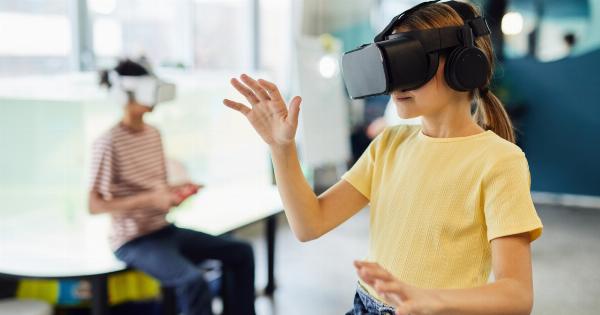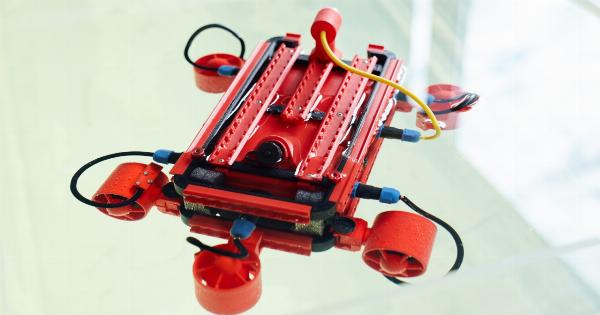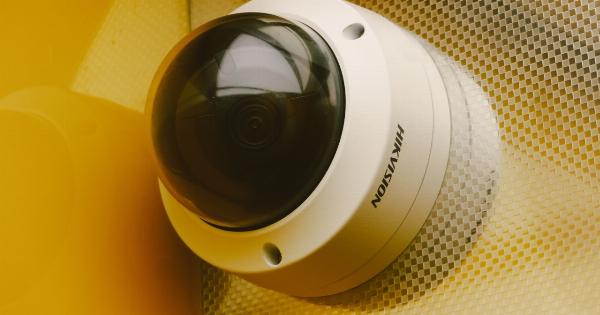Migraine is a debilitating neurological condition that affects millions of people worldwide. It is characterized by severe headache, often accompanied by other symptoms such as nausea, vomiting, and sensitivity to light and sound.
Migraine attacks can be extremely painful and can interfere with daily activities and quality of life. While there are medications available to treat migraines, they are not always effective, and many people are constantly searching for new ways to predict and manage their migraines.
What Causes Migraines?
The exact cause of migraines is still unknown, but researchers believe that they are primarily caused by abnormal brain activity. It is thought that certain triggers can activate the brain’s pain receptors, leading to a migraine attack.
Common triggers include stress, hormonal changes, certain medications, lack of sleep, bright lights, strong odors, and certain foods and drinks.
Can Images Help Predict Migraines?
Recent studies have found a potential link between visual stimuli and the onset of migraines. It has been observed that some individuals experience visual disturbances known as aura before a migraine attack.
These visual auras can include flashing lights, zigzag patterns, blind spots, or even temporary loss of vision. Researchers are exploring whether specific images or patterns could be used as a predictive tool for identifying an impending migraine.
Research on Migraine Prediction with Images
A study published in the journal Neurology investigated the use of images as a potential tool for predicting migraines.
The researchers conducted experiments where they exposed migraine sufferers to various images and monitored their brain activity using functional magnetic resonance imaging (fMRI). They found that certain images triggered specific patterns of brain activity in the participants, which coincided with the onset of migraines.
These findings suggest that the brain’s response to certain visual stimuli could serve as an early warning sign of an impending migraine attack.
The researchers believe that by identifying these specific patterns, it may be possible to develop a visual-based prediction tool for individuals prone to migraines.
The Role of Machine Learning
Advancements in machine learning and artificial intelligence have opened up new possibilities for migraine prediction. Machine learning algorithms can analyze large datasets and identify patterns that may be overlooked by humans.
By utilizing these algorithms, researchers can train computer systems to recognize specific visual patterns associated with migraines.
Potential Impact on Migraine Management
If successful, the development of a visual-based migraine prediction tool could have a significant impact on migraine management.
Individuals prone to migraines would benefit from advanced warning, allowing them to take preventive measures such as taking medication, finding a quiet environment, or avoiding triggers.
Limitations and Challenges
While the use of images as a predictive tool for migraines shows promise, there are still several limitations and challenges that need to be addressed.
Firstly, not all migraine sufferers experience visual auras before an attack, so this method may not be applicable to everyone. Additionally, the specificity and reliability of the visual patterns identified by machine learning algorithms need further investigation.
Furthermore, the accessibility and practicality of using visual stimuli as a means of predicting migraines need to be considered.
It may not always be feasible or convenient to expose individuals to specific images in their daily lives, limiting the real-world applicability of this method.
Conclusion
Research on using images to predict impending migraine pain is an exciting area of study. While there are still many challenges to overcome, the potential benefits of a visual-based migraine prediction tool are significant.
Early warning of an impending attack could enhance the quality of life for individuals suffering from migraines, empowering them to take appropriate measures to manage their condition effectively.



























